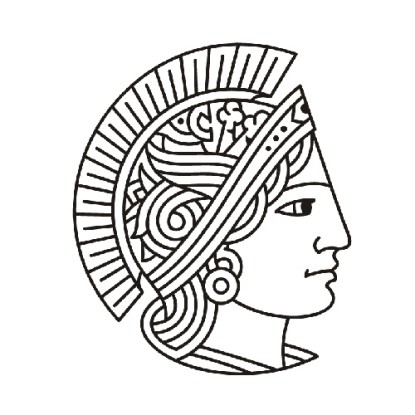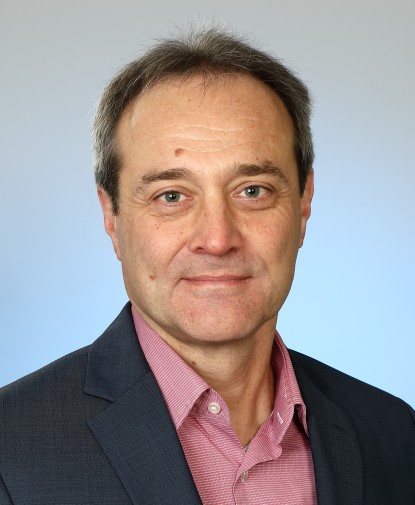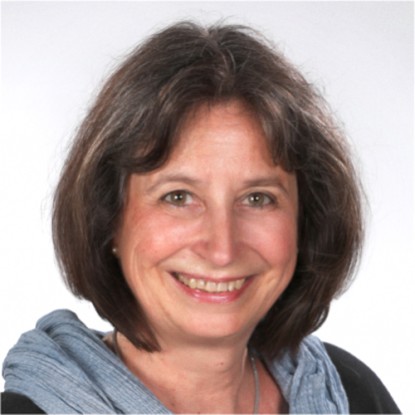Institut für Physik Kondensierter Materie
IAP-Sonderkolloquium: Toward Nuclear Quantum Metrology and Nuclear Clock
Prof. Dr. Olga Kocharovskaya, Department of Physics and Astronomy, Texas A&M University
Narrow resonances corresponding to quantum transitions in atoms, molecules, quantum dots, rare-earth ions and color centers constitute the basis of quantum optics with numerous applications in sensing, imaging, computation, communication, etc. The highest quality atomic resonances have been achieved in atomic clocks. Their realization requires low atomic density, vacuum environment, laser cooling below 100 nK temperature, and magnetic traps or optical lattices.
Wann?
31. Oktober 2025, 09:00-10:30
Wo?
Institut für Angewandte Physik
Schloßgartenstr. 7
S2/15, Raum 51
Veranstalter
Institut für Angewandte Physik
Kontakt
Weitere Informationen
Isomer nuclear quantum transitions in solids offer an appealing platform for compact solid-state room temperature most precise nuclear clocks, long-lived nuclear quantum memories, and supersensitive detectors for geodesy and gravimetry, search for dark matter, time variation of the fundamental constants, etc. With the only known exception of the 229Th isomer at 8.4 eV, the transition energies of the long-lived nuclear isomers lie in the hard X-ray range. High energy of photons provides several additional advantages such as low detection noise, tight focusing, longer penetration length and broad bandwidth. At the same time, absence of resonant spectrally narrow hard X-ray sources makes using nuclear transition challenging.
In this talk I will review some progress in this field. It includes the resonant excitation of the 12.4 keV long-lived (0.47 s) nuclear transition in 45Sc (a promising solid-state nuclear clock candidate) [1], probing its spectral width [2] and suggestion for further boosting its excitation [3], as well as experimental demonstration of the nuclear quantum memory [4] and suggestion for realization of on demand nuclear quantum memory [5].
[1] Yu. Shvyd’ko, R. Röhlsberger, O. Kocharovskaya, J. Evers et al., Nature 622, 471 (2023).
[2] S. Velten, L. Bocklage, X. Zhang, K. Schlage, A. Panchwanee, I. Sergeev, O. Leupold, A.I. Chumakov, O. Kocharovskaya, R. Röhlsberger, Science Advances 10, eadn9825 (2024).
[3] P. Liu, J. Evers, O. Kocharovskaya, R. Röhlsberger, Yu. Shvyd’ko, arxiv.org/abs/2508.17538.
[4] E. Kuznetsova, X. Zhang, Yu. Shvyd’ko, M.O. Scully, O. Kocharovskaya, Phys. Rev. Lett. 133, 193401 (2024).
[5] Y. Shi, X. Zhang, Yu, Zhang, Yu. Shvyd’ko, O. Kocharovskaya, arxiv.org/abs/2508.18645.
Tags
Kolloquium Institut für Angewandte Physik



